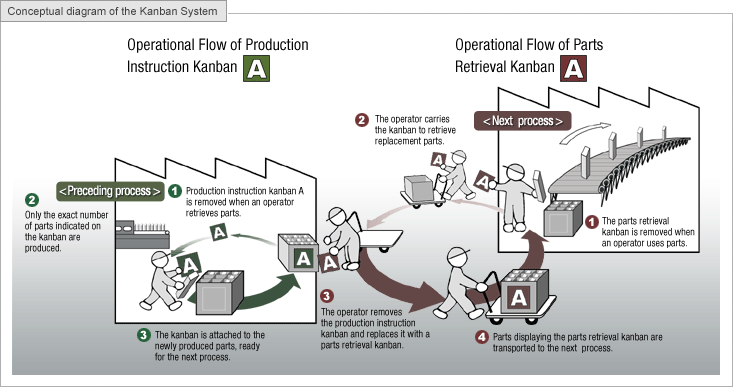Even without including cultural and language barriers, managing subcontractors overseas is a complicated and challenging task. In addition, oversea subcontractors, especially low cost regions like China, have their unique issues. However, the good news is by identifying and properly handling these issues, they can be resolved and a smooth operating supply chain can be achieved.
At the fundamental level, a product is
built through developing and managing a subcontractor network which consists of tiers, all the way to material suppliers. Each product manufacturing project has its unique quality, process, timeline, and cost requirements. This process is then further complicated by the minimum order quantity (MOQ), payment term, and “just-in-time” (JIT) requirements.
Depending on the complexity of the bill of materials (BOM), a product manufacturing process can consist of as many as a dozen or more subcontractors. All these subs must be organized and synchronized at a scheduled time line in order to complete products on time. If any subcontractor is out of sync, it will causes a major problem down the line. If this process needs to be restarted, which can happen from time to time due to design changes, engineering changes, or other issues, it will be a costly, and frustrating task to realign all subs on the supply network.

Any combination of issues will lead to a major interruption of the manufacturing and supply chain. To avoid getting into a “vicious circle”, these problems need to be resolved “immediately” in order to achieve on-time deliveries.
Here are 11 issues that one can run into on the execution level, with their simplified, corresponding solutions outlined subsequently:
1. Equipment capacity problem: By nature, a sub-contractor will get different jobs from different customers. Since these jobs may come in at different paces, some times many jobs can arrive at the same time. This can delay the delivery from a sub.
Solution: On site project managers to oversee the manufacturing process. If it is a long term project, a back up factory must be scouted and prepared for emergencies.
2. Sub tier contractor late on delivery: Some parts from one subcontractor out of the supplier network delivered a late product, causing delays down the line.
Solution: Having back ups are the best idea for all key components from the start. If not, alternative supplies must be immediately sourced to meet deadlines.
3. Quality problem: This could be a challenging issue that is difficult to pinpoint. The root cause could be simple, or very complicated to diagnose.
Solution: You always need product engineers and manufacturing engineers on stand-by. When needed, they can be on site immediately to help resolve issues.
4. Material supply problem: Materials, such as components or raw materials, are in an un-foreseen shortage or quality problem.
Solution: You need strong local business sourcing teams to resource parts from other locations.
5. Low interest: Subcontractor owner has developed other business interests and is no longer interested in making your product, or has put your product at low priority. This leads to major delay problems.
Solution: You must use the remaining leverage available with the supplier to finish the order, while immediately searching for an alternate subcontractor.
6. Worker or labor shortage: From time to time, factories run into worker shortage issues in making the product. Although the machines are ready, the lack of labor reduces production efficiency.
Solution: One effective solution is to “borrow” from other sub contractors with similar mfg process.
7. Unstable process, lack of engineering support: Product quality is unstable, leading to higher than normal defect rates. The factory may not have competent, or sufficient, engineers to solve or support the job.
Solution: This is usually the most time consuming engineering diagnostics work by nature. You need experienced QA and engineering expert teams on site to find the root cause of obstacles, and develop better process controls at the end.
8. HR turn-over rate high: This can originate from either subcontractor internal line workers assignment, or external competition. Workers may change their job frequently, which will lead to a loss of knowledgeable manufacturing management.
Solution: One of the most effective method is to have engineering teams to design and build full lines of “Go”, and “No -Go” gauges to do “fool proof” mfg.
9. Financial problem: A sub-contractor has financial problems, which may lead to improper payment to lower tier subs. This can lead to a supply network shut down, or slow down.
Solution: The earlier you discover problems, the better. You have to go to a higher tier to secure your products, and address issues as soon as possible.
10. Price change: This may come from materials, parts, labor costs, or currency rate change ratios.
Solution: An efficient sub is going to try to absorb labor cost rise as much as possible. In this case, relationship management is critical to overcome organizational cost variation. Automation has been a key note even in the low cost region, which helps to maintain the cost advantage. For currency issues, many US banks are offering rate lock in services, which can be helpful.
11. Unethical Employee behavior: This is a deadly problem that can happen on every tier of sub-contractors.
Solution: Communication transparency, matrix management, and punishment, are key elements for a healthy supply network.
In the real world, issues are usually compounded with communication breakdown, cross border logistics, custom control issues, tight cash flow, and regional politics. However, if you can clearly identify issues, and solve problems in a timely manner, you will prevent “snow ball” effects from occurring. With efficient and experience management, your overseas manufacturing can be in a adaptive and efficient operational stage.





